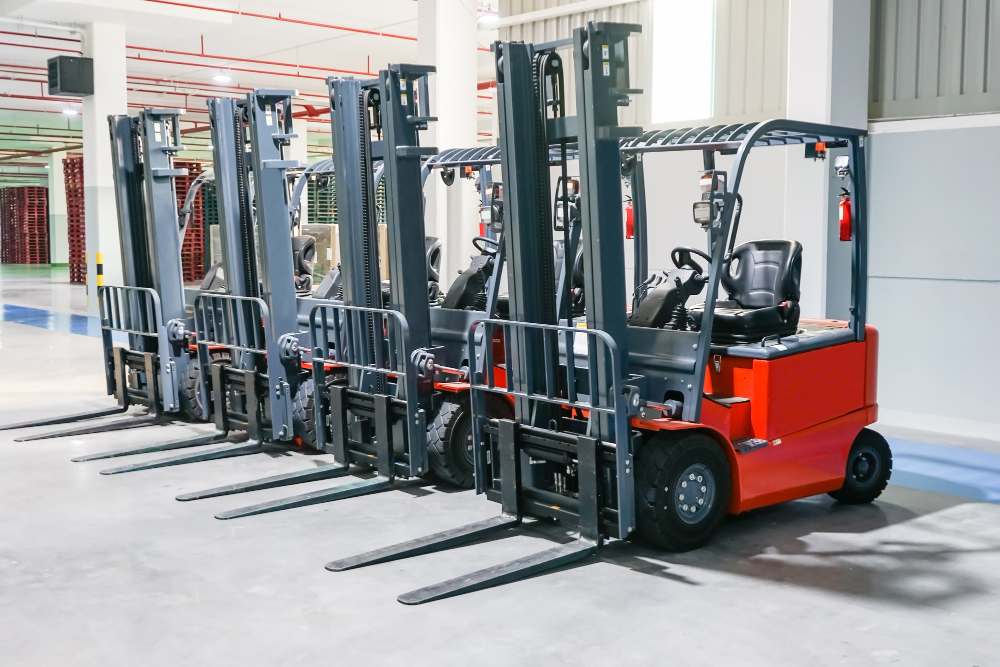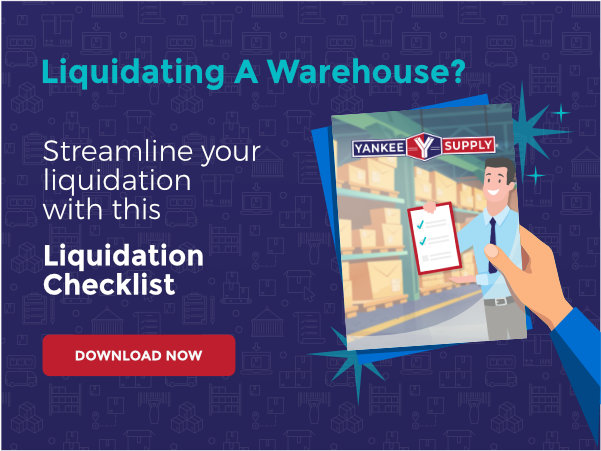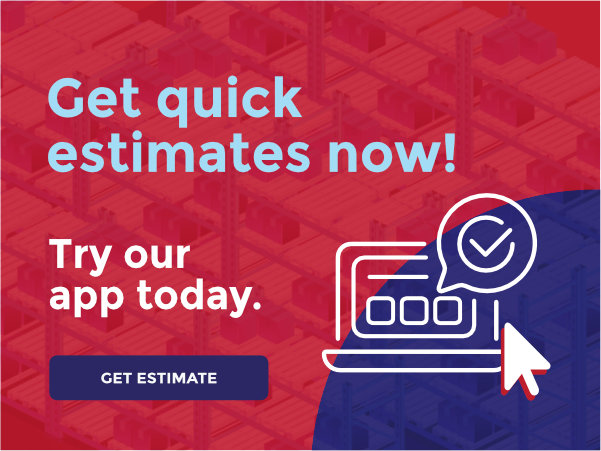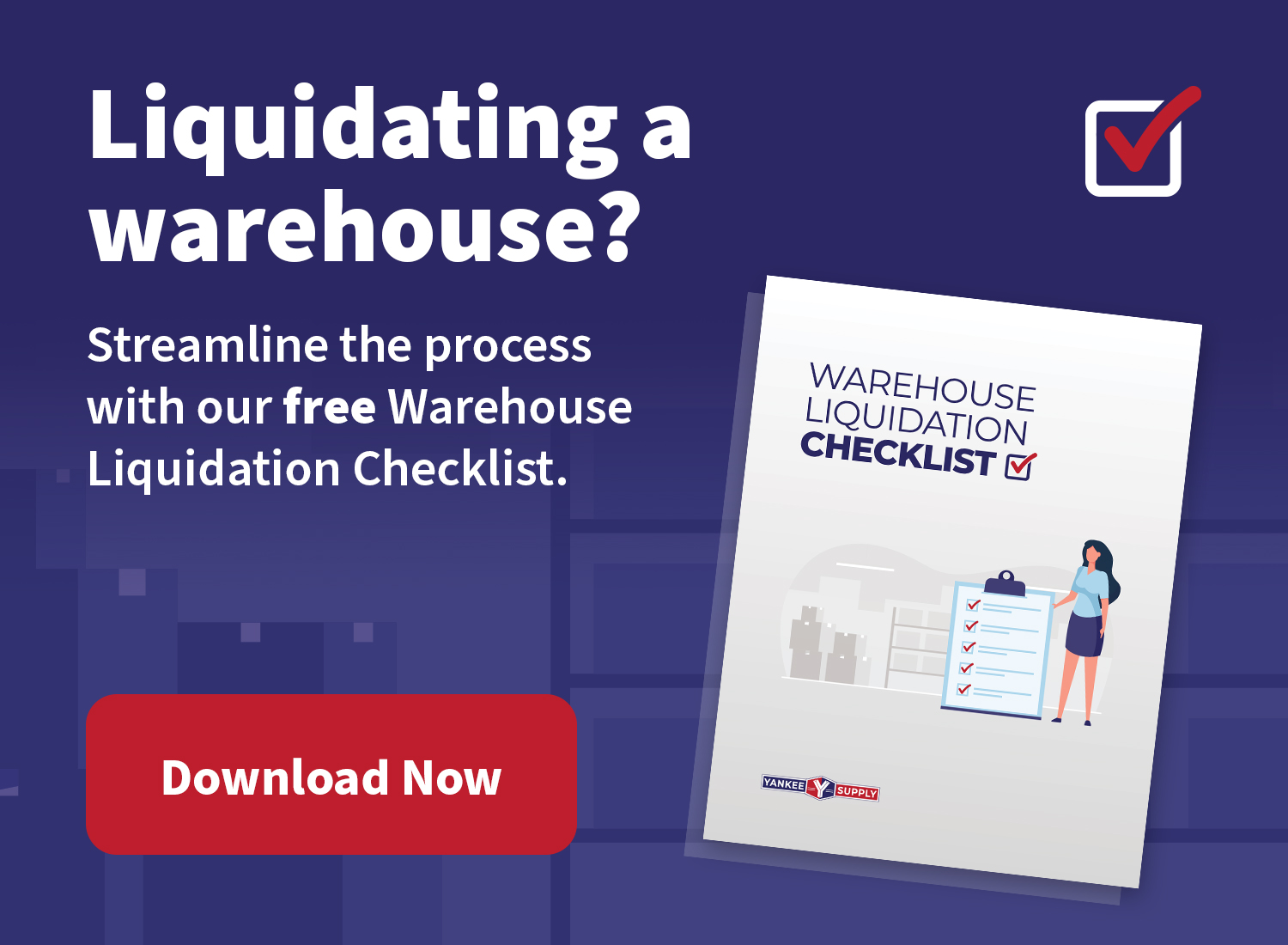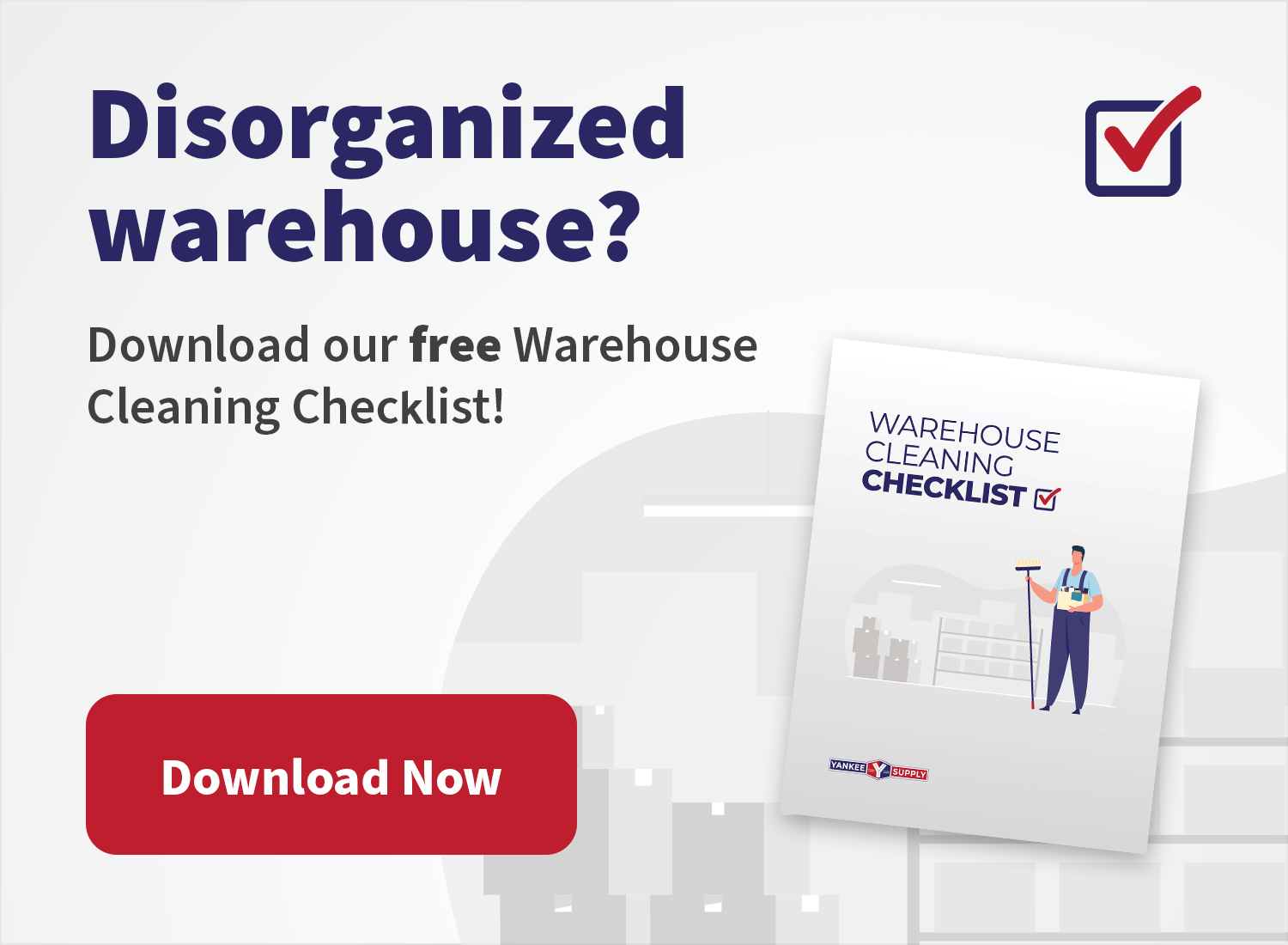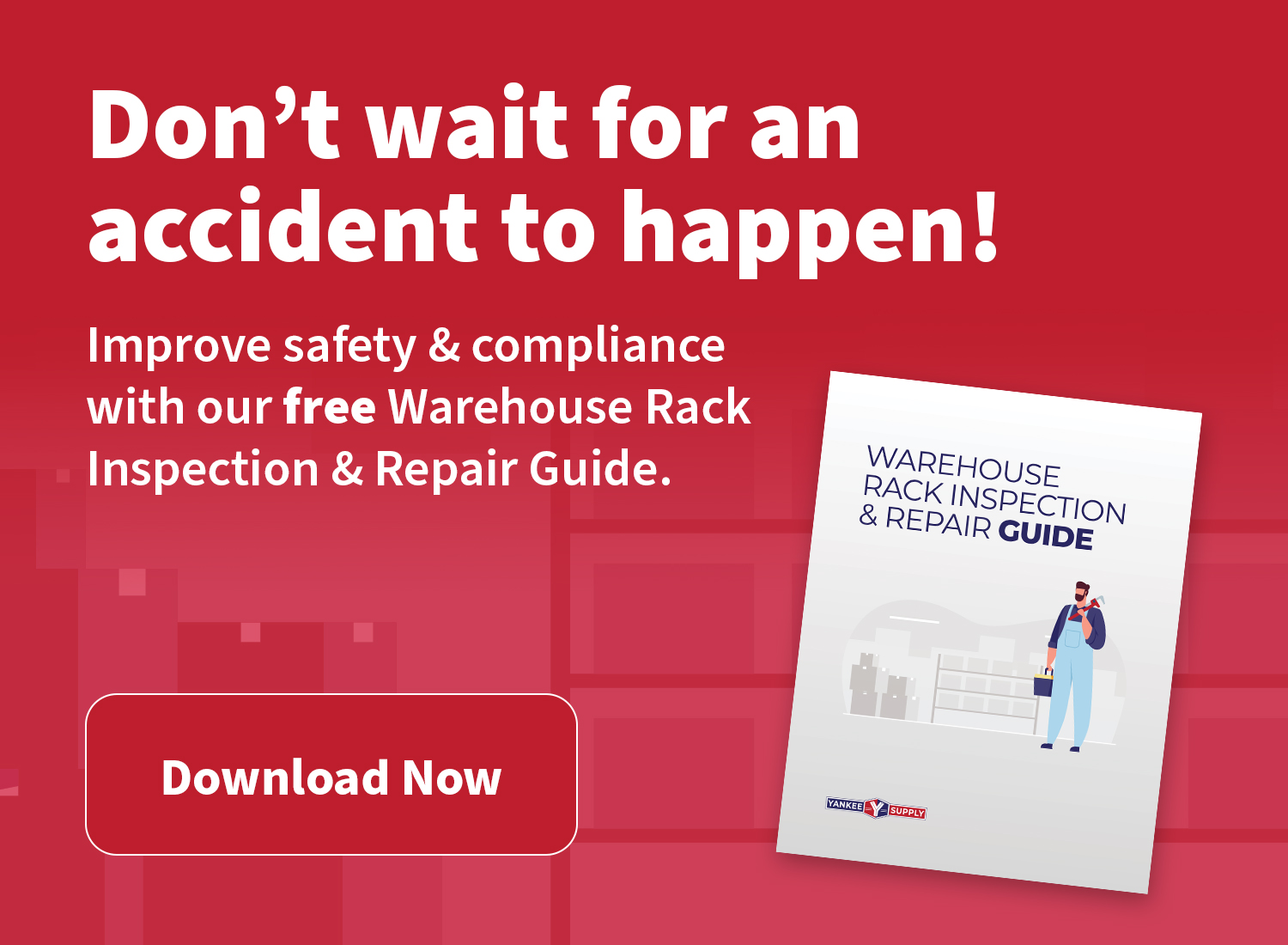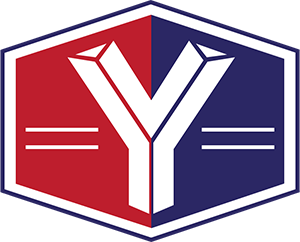The Importance of Warehouse Asset Liquidation
Warehouse asset liquidation plays a crucial role in optimizing operational efficiency and financial health for businesses. It involves the strategic and systematic disposal of surplus or obsolete inventory, equipment, and assets within a warehouse setting.
The importance of warehouse asset liquidation lies in its ability to free up valuable space, reduce carrying costs, and generate much-needed capital for reinvestment. By promptly liquidating excess or outdated assets, businesses can streamline their inventory management, minimize storage expenses, and enhance overall supply chain dynamics.
As a warehouse staff or manager, you need to have a go-to checklist readily available in the event that another warehouse liquidation has to take place. There are countless guides available online, but having a trusted method that is proven and tested per warehouse equipment will ensure that you will meet your liquidation goals without wasting time, effort and resources.
You might be asking yourself what experienced your warehouse counterparts have on their industrial liquidation checklists. Read more to find out how experts deal with each warehouse component. If you want to save yourself from the hassle of doing all this on your own, our experienced liquidators are here to help.
Packing Equipment
Packing assets such as industrial scales, strapping and banding equipment, stretch wrap machines and packing tables are staples of most if not all warehouse facilities. You will not exert much effort finding for potential buyers, but getting the best value out of the equipment category is top priority.
These items are relatively lightweight compared to the rest of your warehouse assets which means selling them as a bundle is the way to go. Your priority is finding a market which is willing to buy an entire set of packing equipment because shipping these items piece-by-piece might result to unwanted overhead cost.
This category includes your mobility workhorses (forklifts, pallet jacks, hand trucks, service carts, cranes, hoists, and monorails, dollies and castors). These most important thing when liquidating equipment in this category is to assess their condition carefully. Most of these machines move around a lot and do the heavy lifting making them subject to wear and tear. You should examine which of these assets are working without defects, working with defects, not working with repairable defects and lastly, not working with irreparable defects. Here’s what to do with each classification:
- Working without defects – Sell these with value based on their age and risk of eventual failure. Choose a suitable market which will get you the most profit with the least logistics overhead.
- Not working with irreparable defects – Let the disposal team handle these. Getting profit by selling these as scraps might also be a good idea. It’s still best to get some value out of these instead of simply dumping them.
- Working with defects and Not working with repairable defects – This is where you need to use some decision-making. You should weigh you option based on the severity of the defect(s), the repair cost and the profit you can get if each asset is restored. You can either skip repairs and sell these at a huge discount and let the buyers take care of the repairs or let your restoration team take care of them before selling.
It is important to be transparent and discuss the overall condition of these warehouse assets to you buyers before striking a deal because getting into a mess caused by improper setting of expectations during sales is not worth your time and resources.
Storage Equipment
This category includes assets which acts as the skeleton of your warehouse (bins and totes, shelves, racks, carousels). The key decision to make is whether to sell these assets as a whole unit or break them to their components before selling. To help you make this decision, you must first assess the condition of each equipment as a unit. If the unit is not 100% free from defective parts, it is better to disassemble it rather than selling it as a defective unit at a discounted price. If you decide to sell your storage assets as parts, make an effort to find buyers who will purchase them wholesale. You do not want to much overhead from shipping cost if you sell this item one piece at a time.
It is also important to consider that making careless assessment when selling storage equipment can lead to safety hazards. Make sure to document the condition and age of your asset and discuss it with your potential buyer. The last thing you want to happen is to be blamed from warehouse accidents resulting from undeclared defects found on the racks and carousels bought from you.
Conveyors
Conveyors are good investments for potential buyers because they help a warehouse trim down manpower by automating most processes such as sorting, dimensioning and weighing. This is where you can expect to get the most profit per equipment if you can find a suitable buyer. Find a market with the same automation needs as your warehouse because they will more likely need the functions that your used conveyor can offer.
Moreover, the value proposition of used conveyors extends beyond mere cost considerations. Buyers seeking to enhance their operational efficiency are likely to prioritize equipment that complements their existing setup, thereby ensuring a smoother integration process. In this regard, your used conveyor system becomes not just a product but a solution that caters to the specific needs of businesses embracing automation.
In conclusion, when selling used conveyors, recognizing the broader market landscape and aligning with the automation needs of potential buyers are pivotal considerations. The profitability of such transactions not only hinges on finding a buyer but on identifying a partner who sees the intrinsic value in the automated functions your conveyor system can offer. By targeting markets with similar automation requirements, you enhance the prospects of finding the ideal buyer who recognizes the cost-saving and operational advantages your used conveyors bring to their business.
Dock Equipment
This is the last category on this list because this might be the last equipment in your warehouse that you would have to liquidate. These assets will help you until the end of your liquidation journey, until they are the only ones left to sell. The biggest decision is whether there is really much benefit or profit from selling your dock equipment versus keeping them for future use.
Before opting for a warehouse asset liquidation, it’s essential to assess the condition, usability, and overall value of the dock equipment. Consider factors such as technological advancements, changes in operational requirements, and the potential for upgrades. Up-to-date and well-maintained dock equipment can enhance efficiency, ensuring smooth operations and minimizing downtime.
However, there may be instances where liquidating the dock equipment aligns with your broader business strategy. If your warehouse is undergoing a significant transformation, downsizing, or shifting focus, selling the assets might be a financially prudent decision. Evaluate market demand, resale value, and the cost of replacement to make an informed choice that aligns with your long-term goals.
On the contrary, if your warehouse anticipates continued reliance on the existing dock equipment, retaining these assets could be a strategic move. Factor in the durability, adaptability, and compatibility of the equipment with your future operational needs. This decision should consider not only immediate financial gains but also the potential long-term savings and operational benefits.
Divide and Conquer with our Warehouse Liquidation Tips!
Now that you know the pros and cons in liquidating each warehouse equipment category, you can now make an informed decision which ones to allot your time and resources and which ones require the most attention.
The conclusion of this process marks more than just the sale of equipment; it symbolizes a deliberate choice to reallocate resources, streamline operations, and align with changing industry demands.
Throughout the liquidation journey, each asset has undergone scrutiny, from pallet racks to conveyor systems, reflecting a commitment to fiscal responsibility and operational efficiency. The decision-making process involved assessing the value of retaining versus selling, considering market conditions, and envisioning the future needs of the warehouse.
In essence, warehouse asset liquidation is not merely the end of one chapter but the prologue to a more agile and forward-thinking operational paradigm. It reflects a commitment to resource optimization, embracing change, and positioning the business for sustained growth and success in the future.
If you’re new to the concept of liquidation and would like experts handle the job for you, Yankee Supply is here to help.

